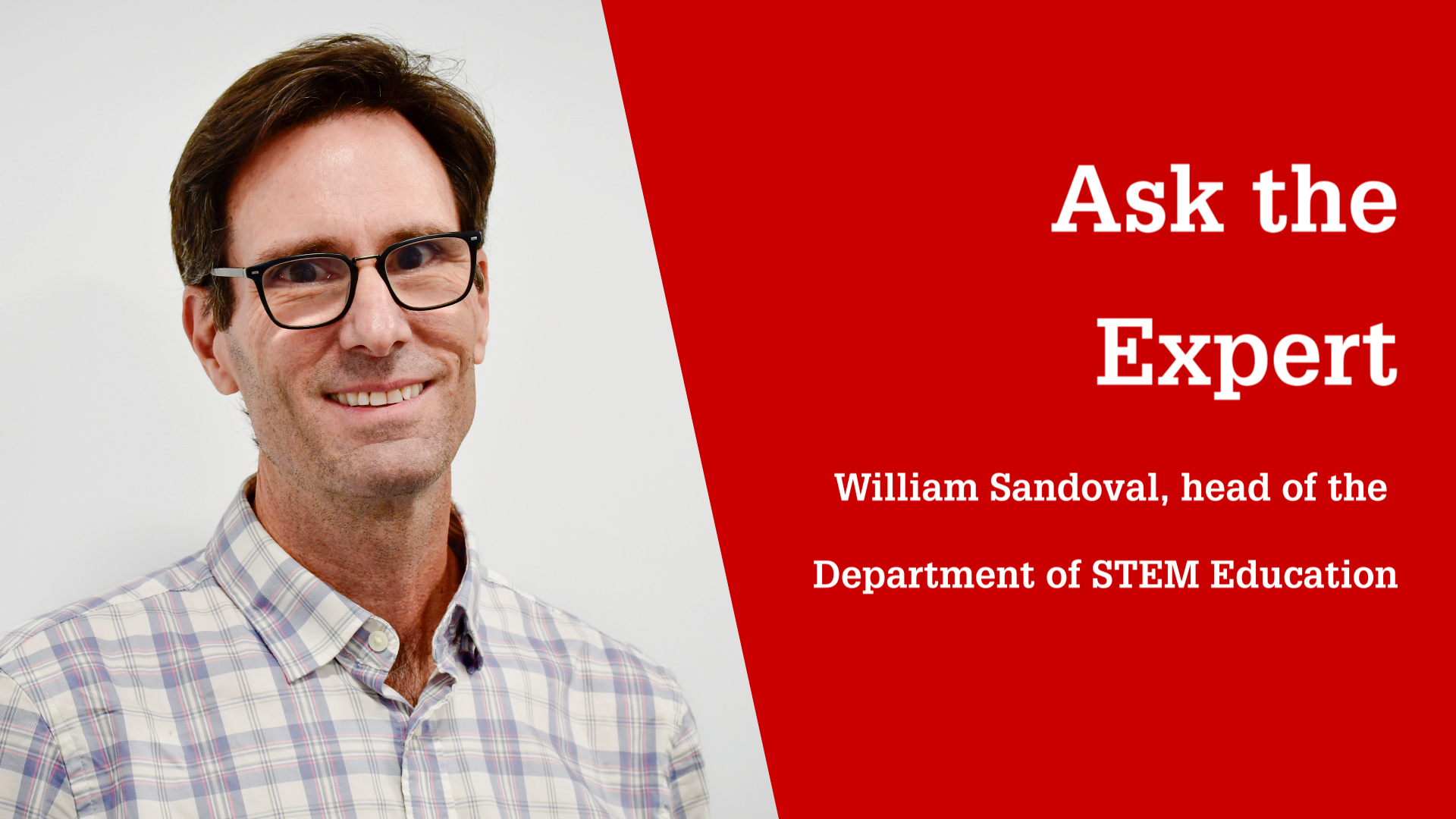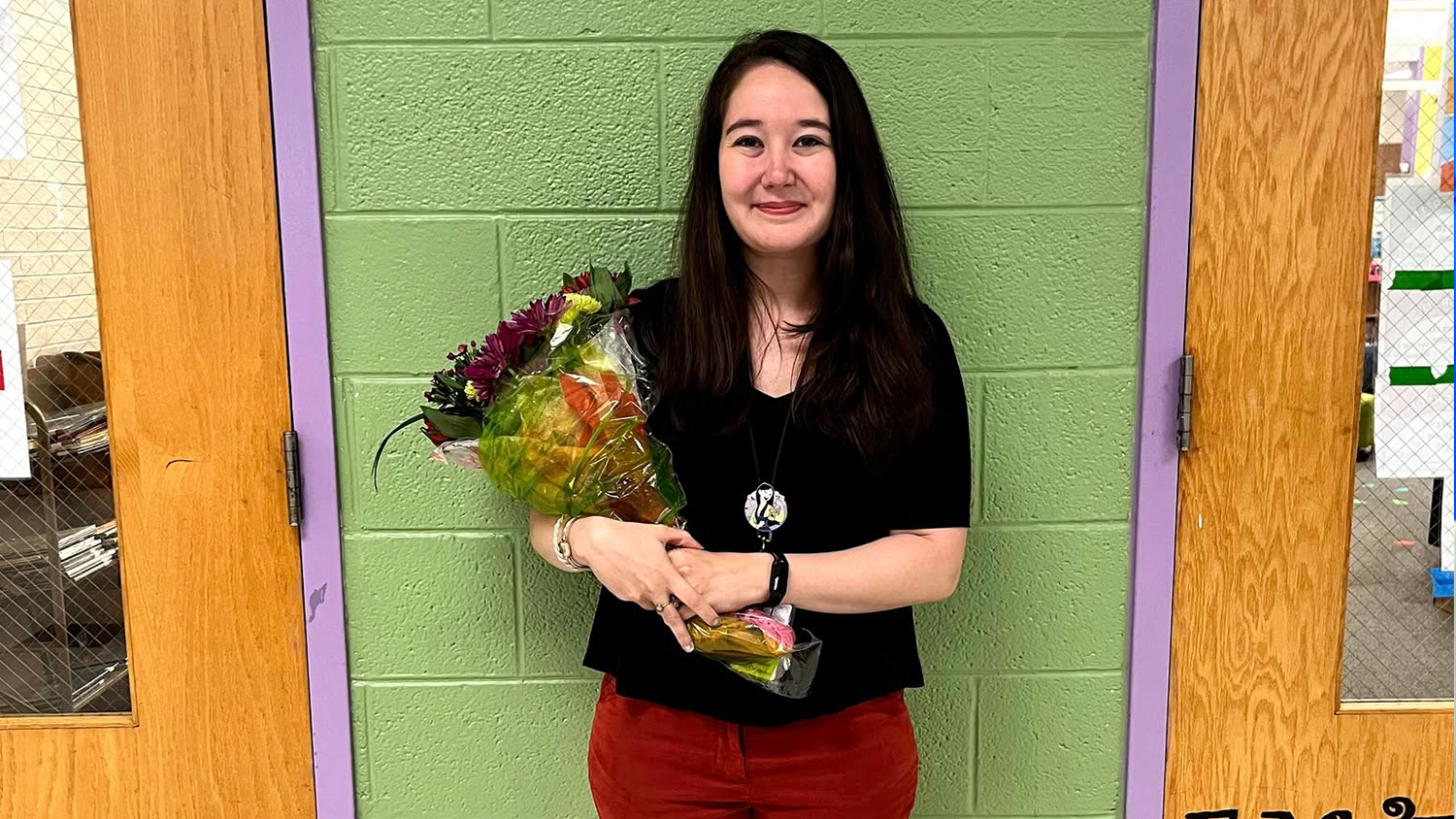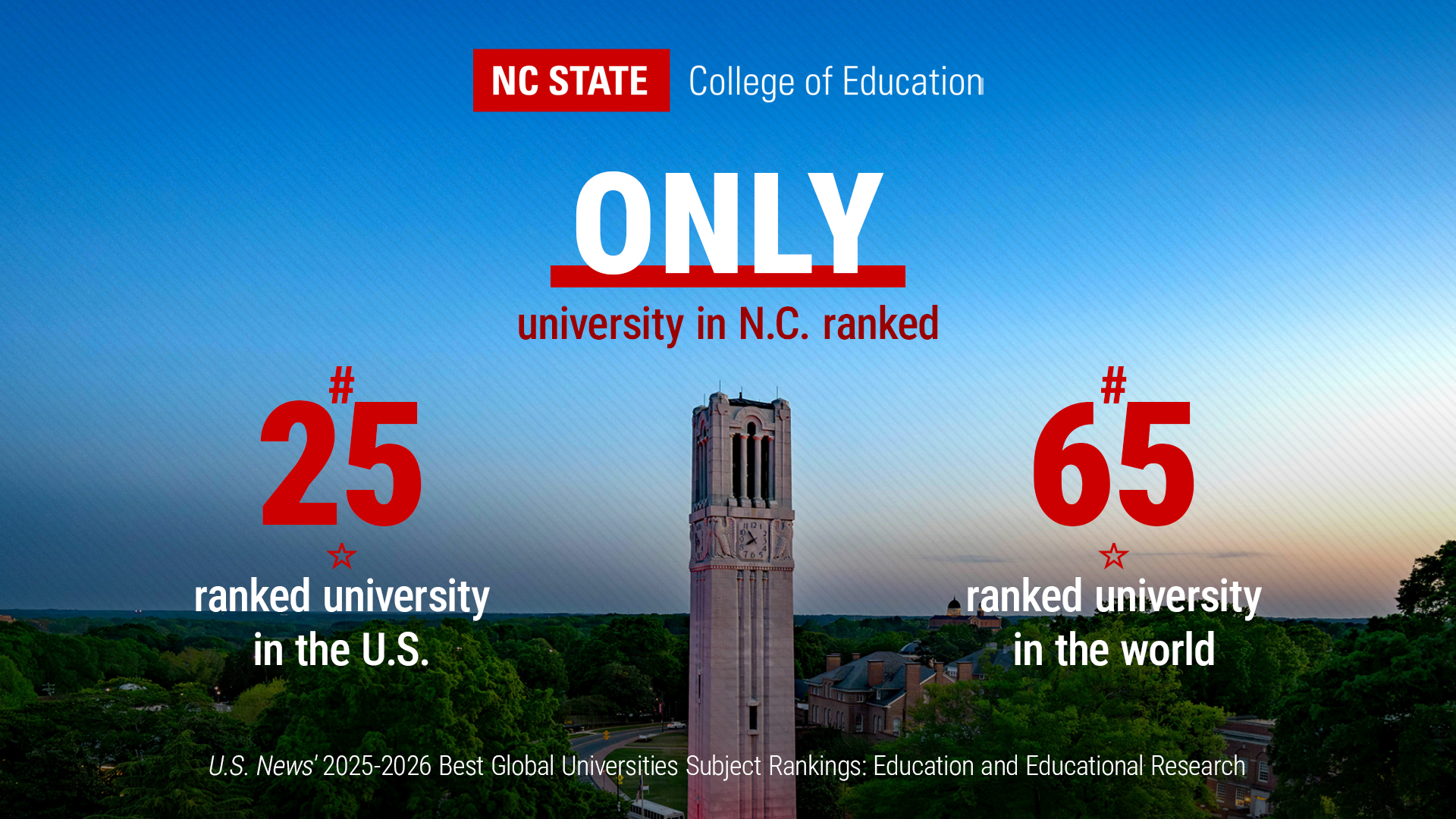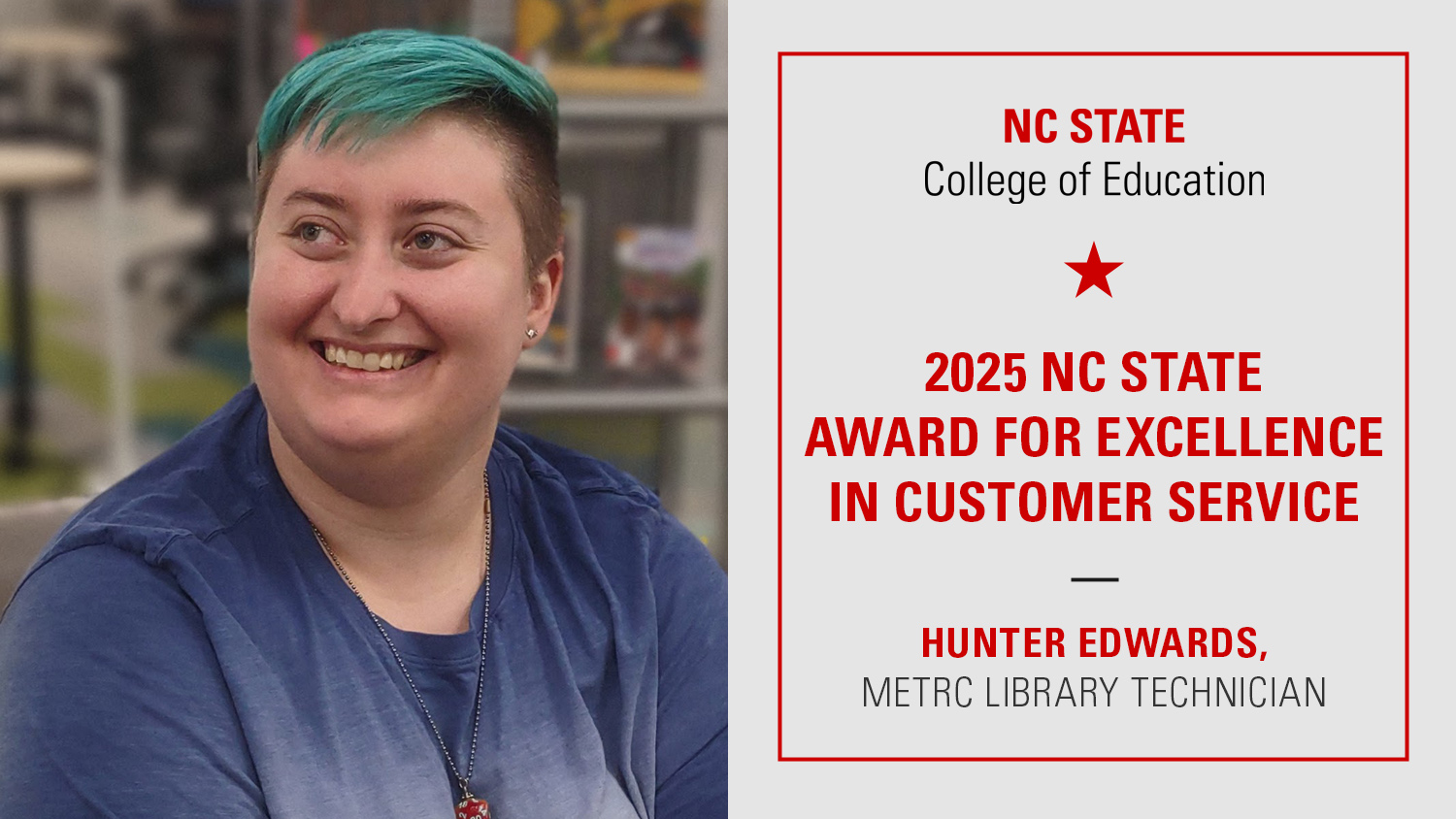Why Is It Important for Students to Understand How Scientific Decisions are Made? ‘If You Don’t Understand How Scientists Decide What Makes One Claim More Believable, Then It’s Actually Very Hard to Understand Science,’ Says STEM Education Department Head William Sandoval

For William Sandoval, head of the Department of STEM Education in the NC State College of Education, when preparing K-12 students to engage with real-world science, developing the skills to become career scientists is not nearly as important as helping them to engage with the science that will occur all around them in their everyday lives.
To help facilitate this, Sandoval’s research has focused on how kids understand scientific argumentation and how scientists make the case for why people should believe the theories they’ve developed based on causal claims and evidence.
The concept is known as epistemic cognition, or thinking about how people know what they know.
“If we want kids to understand how science works, they have to understand the standards that scientists use to evaluate competing claims. If you don’t understand how scientists decide what makes one claim more believable, then it’s actually very hard to understand science,” Sandoval said. “Every person who gets a science education through high school is eventually going to encounter some scientific issue in their adult lives that they didn’t learn about in school because science moves really fast. If you never thought about the way the scientific community makes choices, it’s very hard to make sense of it all as an individual citizen.”
How Do Kids Typically Think About Science?
Broadly speaking, research shows that, oftentimes, kids’ initially find many scientific concepts to be implausible because so many of the causal agents behind these theories are invisible and insensible.
“You can’t feel your genes; you can’t feel an atom, so there are these causal agents in science that are very far away from our sensory experience, which makes them hard to understand,” Sandoval said.
Despite this, research shows that children, even from a young age, believe that it’s much better to have evidence for a claim than to not have evidence. Therefore, teachers can draw on this by helping students understand the evidence behind the science they are learning through engagement in research, data collection or experimentation in the classroom.
How Can Teachers Help Students Understand How Scientific Decisions Are Made?
At its core, Sandoval said, science is all about evaluating competing claims about how the world works.
One of the best ways to help students understand how to do this is to have them engage in scientific argumentation. Sandoval shared the following steps to help students in this endeavor:
- Identify topics within the curriculum that can elicit disagreement; this can vary from asking elementary students how plants get water to how they inherit genetic traits from their parents: “Identify for everybody when there is disagreement and try to clarify what the nature of the disagreement is. Then, discuss with students how they are going to decide [which claim is valid] and what it will take for everyone to agree.”
- Give students an opportunity to come up with their own evidence-based claims: “Our current national standards want kids to be doing investigations of various kinds, so these are really good opportunities for kids to engage in these epistemic considerations about how we’re going to decide what we’re going to believe about this thing that we’re studying. Because, if they’re getting data themselves, they can argue about not just what the data show but how you got the data, whether you did it in a reasonable way or not and whether you’ve interpreted the data in a reasonable way.”
- Have students with opposing claims engage in discussion: “We found that when this is public, that works better and part of the reason is that this holds kids accountable to each other. They also have to be held accountable to standards of evidence. So, that’s a really important role for the teacher to play is to kind of push kids to talk about what evidence they have for this claim over that claim.”
- Come to a consensus: “Talk about the standards or the criteria that you’d use to resolve your disagreement. It’s not enough that I believe one thing and someone else believes another thing. You’ve got to push us to agree, so pushing to consensus seems to be the thing that really helps kids work through their understanding of the criteria.”
For teachers who want to engage their students in this type of scientific thinking, Sandoval recommends using free resources provided by the NGSX professional learning system along with the inquiryHub,a research-practice partnership that develops materials, tools and processes to promote STEM learning.
- Categories:


